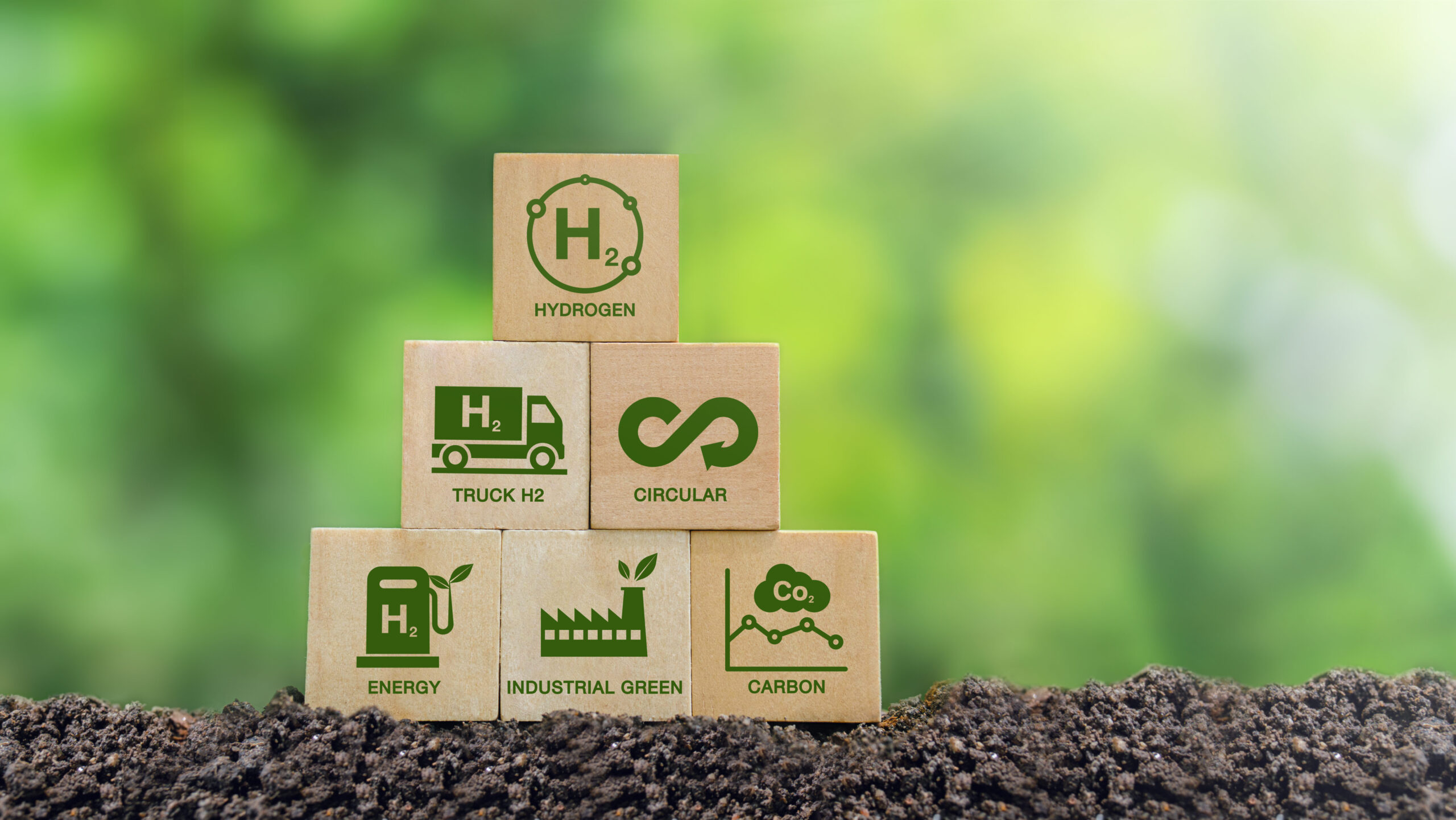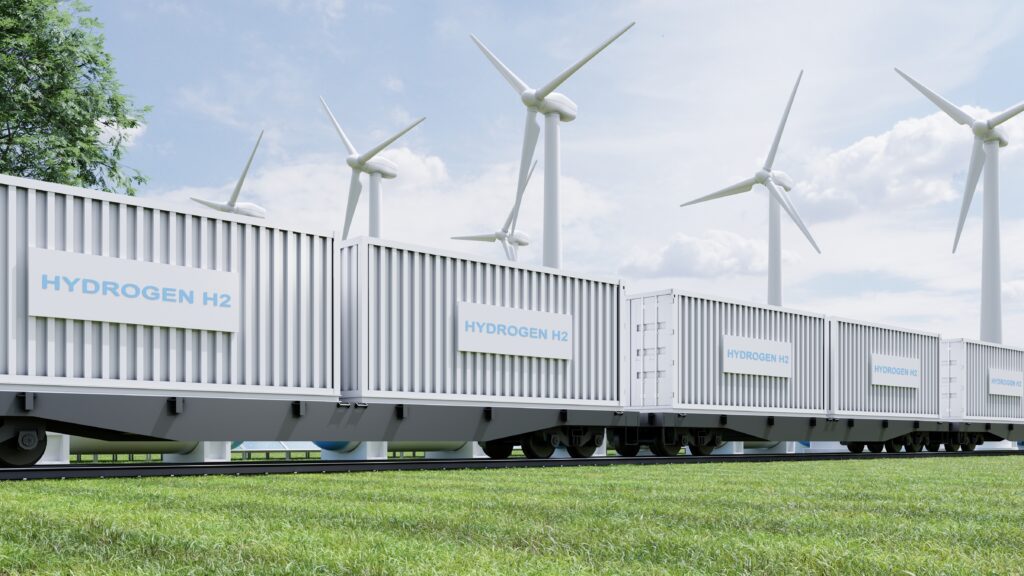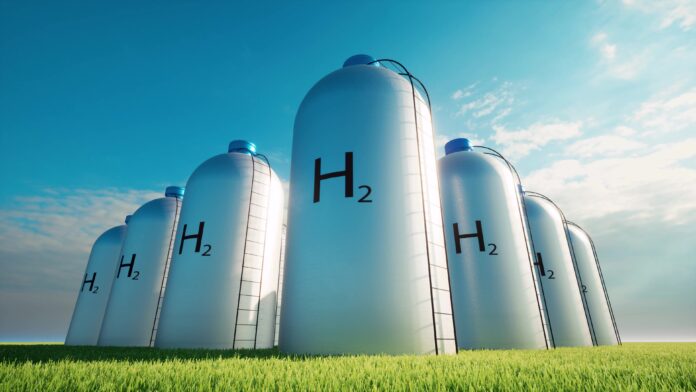Understanding the Clean Fuel Debate
As the world races to decarbonize and meet ambitious climate goals, hydrogen has reemerged as a leading contender in the search for clean, scalable energy solutions. Long considered a niche fuel, hydrogen is now at the center of strategic energy policy, industrial transformation and geopolitical realignment. Yet not all hydrogen is created equal. In particular, the debate between green and blue hydrogen has become a focal point in the conversation about sustainability, feasibility and economic trade-offs.
Hydrogen is the most abundant element in the universe, but it rarely exists in pure form on Earth. It must be extracted from other compounds through energy-intensive processes. Once isolated, hydrogen can be used to power fuel cells, generate electricity, decarbonize heavy industries or store excess renewable energy. It produces no carbon emissions at the point of use, making it especially attractive for hard-to-electrify sectors such as shipping, steelmaking and aviation.
The color-coding of hydrogen refers not to its appearance but to the method of production. Green hydrogen is produced through electrolysis, using renewable electricity to split water into hydrogen and oxygen. It is widely considered the most sustainable form because it relies entirely on clean energy sources like wind, solar or hydropower. However, the process remains costly and energy-intensive, with infrastructure still in its infancy.
Blue hydrogen, on the other hand, is produced by reforming natural gas, usually through a process called Steam Methane Reforming (SMR). To reduce its environmental impact, Carbon Capture and Storage (CCS) technologies are applied to trap the carbon dioxide produced during the process. This makes blue hydrogen cleaner than conventional fossil fuels, but not fully carbon-neutral. Its supporters argue that it offers a realistic transitional step, leveraging existing gas infrastructure while green technologies scale up.

The debate between green and blue hydrogen is not simply a scientific issue but a strategic one. Proponents of green hydrogen argue that only this method aligns with true net-zero ambitions. They emphasize that continued reliance on natural gas even with carbon capture perpetuates fossil fuel dependency, risks methane leakage and may delay investment in cleaner alternatives.
Blue hydrogen advocates counter that expecting green hydrogen to scale rapidly enough to meet near-term climate goals is unrealistic. They point to the high cost of electrolysers, the intermittency of renewables and the lack of grid capacity in many regions. Blue hydrogen, they argue, provides an immediate decarbonization pathway that is economically and logistically viable, especially for countries with abundant gas reserves and developed pipeline networks.
Cost remains a decisive factor. Today, green hydrogen is significantly more expensive to produce than blue hydrogen, though the gap is narrowing as renewable energy prices fall and electrolyser technologies improve. Government incentives, carbon pricing mechanisms and public-private partnerships will play a critical role in tipping the scales. In regions with cheap solar power and strong policy frameworks, green hydrogen is already approaching commercial competitiveness.
The geopolitical dimensions are equally important. Countries like Germany, Japan and South Korea are investing heavily in green hydrogen to secure long-term energy independence and climate leadership. Others, including Saudi Arabia and Australia, are positioning themselves as future hydrogen exporters. Meanwhile, the United States and the United Kingdom are hedging with both blue and green, prioritizing infrastructure, innovation and security of supply.

In Asia, where energy demand is rising rapidly, the choice between green and blue hydrogen will influence the continent’s entire energy transition. For nations like Sri Lanka, the opportunity lies not only in adoption but in strategic positioning—investing in research, building local capacity and aligning policy with sustainable technology pathways.
Both forms of hydrogen will likely coexist in the global transition to net zero. What matters is how transparently emissions are measured, how quickly carbon capture can be scaled, and how equitably benefits are distributed. The future of hydrogen will not be defined by color alone but by clarity of purpose.
The clean fuel race is underway. Whether green or blue, the real challenge is to ensure that hydrogen fulfills its promise not as a convenient label, but as a genuine lever for climate action.




